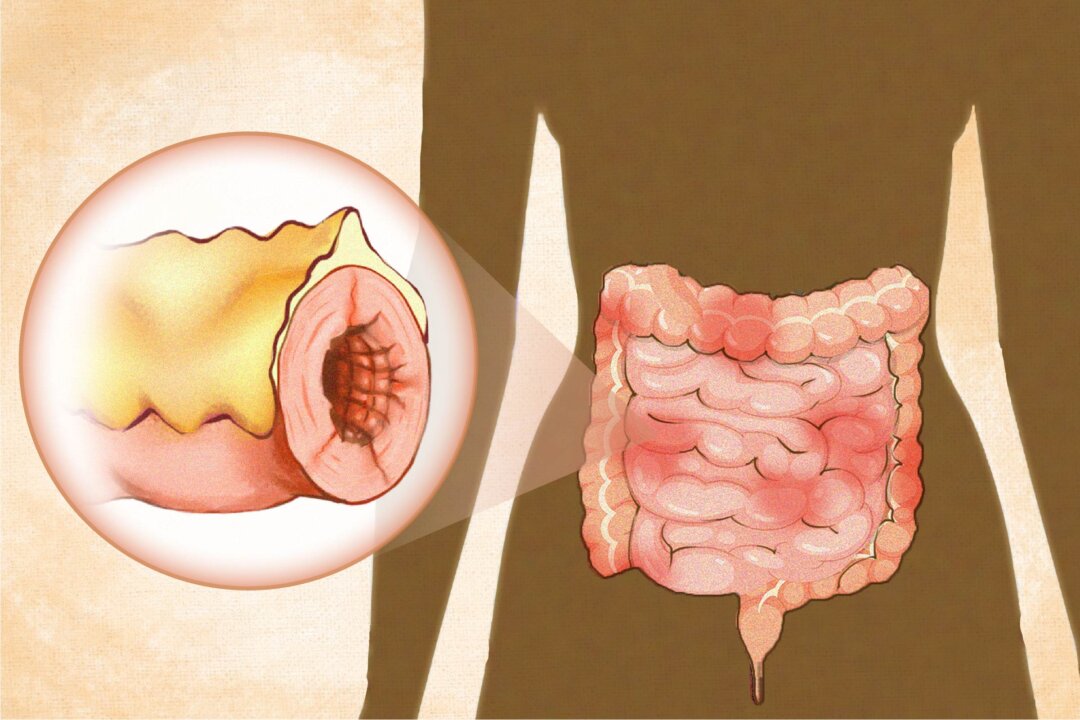Once considered a rare disorder mainly affecting those of European descent, Crohn’s disease is a type of inflammatory bowel disease (IBD) that now affects an estimated 780,000 to 1 million people in the United States and has become a global issue affecting all ethnicities. For many, it is a chronic and debilitating condition. Abdominal pain and tenderness Intestinal cramping Unintentional weight loss or cachexia (severe weight loss with muscle wasting) Nausea or vomiting Rectal bleeding Decreased appetite Fever Fatigue Pain around the anus Compromised growth in children or delayed puberty Anemia and iron deficiency Mouth ulcers or canker sores Skin disorders, such as erythema nodosum and pyoderma gangrenosum Joint pain and swelling, including arthritis and other joint-related issues Eye inflammation, such as uveitis and episcleritis Liver and bile duct inflammation Epigenetic Factors Microbiome Changes Reduced bacterial diversity: A person with Crohn’s may host fewer varieties of bacterial species than healthy individuals.
Fewer beneficial bacteria: Levels of beneficial bacteria from the Bacteroidetes and Firmicutes phyla, including Faecalibacterium prausnitzii (which produces butyrate), are reduced. Butyrate is a short-chain fatty acid (SCFA) that helps strengthen the gut lining and provides energy to gut cells. Most studies show decreased Bifidobacterium in Crohn’s disease, but one study showed an unexpected increase.

More harmful bacteria: There is an increase in pot.























